
If your four-legged friend is a little more fearful than friendly, you may already know all about dog anxiety. While it may sound like some sort of TikTok-era trend, Ivana Crnec, a doctor of veterinary medicine at Veterinarians.org, confirms that dog anxiety is real and on the rise.
“Anxiety issues in dogs are quite common,” Crnec said in an email.
Living through pandemic quarantine and isolation affected dogs’ anxiety and social ability much like humans’, Crnec said. Since 2020, there’s been a rise in dogs having separation anxiety from their owners and fearing new people and strangers, she noted.
Danielle Bernal, a veterinarian with pet care company Wellness Pet Food, agreed that it’s common for dogs to have anxiety. “There are certain triggers dogs experience that can affect their state and a variety of factors, such as genetics, experiences, upbringings, training and changes to routines or new environments,” Bernal said via email.
There are behavioral cues to tell if your dog is anxious, said Carling Matejka, a doctor of veterinary medicine and spokesperson for pet food company Solid Gold. These might include your pup pacing, trembling, panting, whining, excessively licking, yawning, hiding or avoiding eye contact. They might also include destructive behavior like chewing or scratching, or having accidents in the house even when they’re body trained.
“A dog that is anxious can show visible body cues, like dilated pupils, a tucked tail or a lowered body posture. They may also show signs of aggression or fear, such as growling or cowering,” Matejka said in an email.
The experts agreed that it’s important to pay attention to these cues and to take action as soon as you see them. “Early intervention can help prevent the development of more serious behavior problems,” Matejka said.
While there are many online options for calming chews and supplements, the experts recommended letting your vet prescribe and/or recommend the right meds for your dog. If your pup’s anxiety is really severe, they also recommended working with a trainer or a dog behaviorist to give your furry friend extra attention.
Apart from working with experts, the vets shared their favorite products for setting up a calming space at home for your dog and working through their anxiety.
HuffPost receives a share from purchases made via links on this page. Every item is independently selected by the HuffPost Shopping team. Prices and availability are subject to change. The experts we consulted for this story do not necessarily endorse the specific products ahead unless otherwise noted.
A doggie playpen or crate where they can feel safe
Ivana Crnec, a veterinarian with Veterinarians.org, says this can often include a playpen or a crate — just something small and private to be your dog’s designated safe space. “Pay attention to securing exits, as stressed dogs make excellent escape artists,” she said.
A calming dog bed
Anti-anxiety dog beds like this extra plush donut bed are higher around the sides and dipped in the middle, enabling your pet to comfortably curl up, with the raised rim snuggling them close and giving extra head and neck support. They’re super stuffed with ultra-soft filling, offering relief for joint and muscle pain and have a fuzzy shag cover that’s soft and snuggly.
Comfortable blankets or bedding that is all theirs
Part of a pup’s restful environment is having bedding or blankets that is totally theirs, that they can slobber on or otherwise get dirty, according to Matejka. If you feel attached to your handmade throw blankets or don’t want your pup using certain textiles, you may want to get them their own puppy blanket, like this one that’s waterproof and has self-heating properties.
Food-dispensing or puzzle toys to keep them engaged
Durable chew toys
“Distraction techniques, such as the use of chew toys, can support their mental stimulation and promote a calming and comforting effect in the brain,” Bernal said. “This species-specific behavior triggers a release of endorphins, allowing dogs to relieve feelings of stress and anxiety.”
A pouch for keeping treats on you during walks
When you’re leaving the house or if you’re going to be gone for a while, Bernal recommends giving your pup a good walk or run before you go and having a walker take them out when you’re gone.
“Physical exercise is just as important for calm behavior,” Bernal said. “If you can get a good walk or run in before leaving (or have a dog walker stop by during the day), keep a few treats in your pocket to reward their good behavior while you and your dog are out.”
A dog camera to see how they act when you’re not around
If you’re interested in how your pup does at home alone or want to observe their behavior during the day, Crnec suggested setting up a dog camera and viewing the stream periodically to see what your pup is up to. This way, you can see where they like to spend time in your house, what toys they play with and how you can best set up their space for when you’re not home.
A way to keep track of a sustainable walking and feeding routine
In terms of daily anxiety maintenance, Bernal and Matejka recommend creating a keeping a predictable schedule for your pup, feeding, walking and playing with them around the same time every day. Keeping your pup on a daily routine can help reduce stress overall and keep their anxiety down in really tough moments. If your family loves a visual, you may benefit from a sign in a common area where you all can see if the dog has been fed or walked.


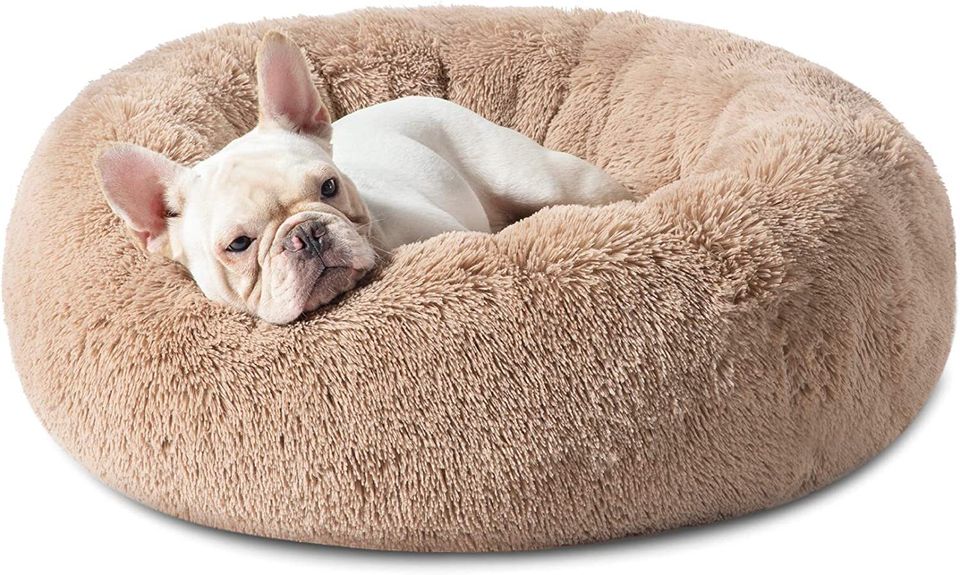
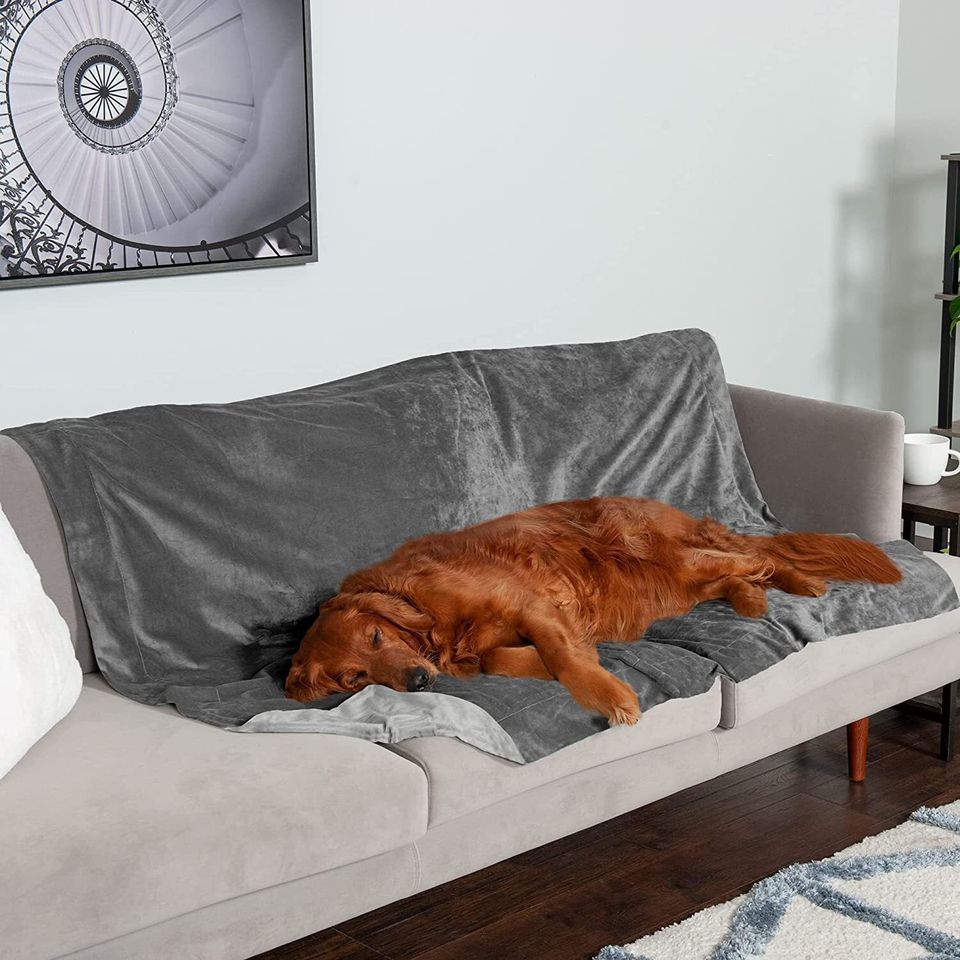

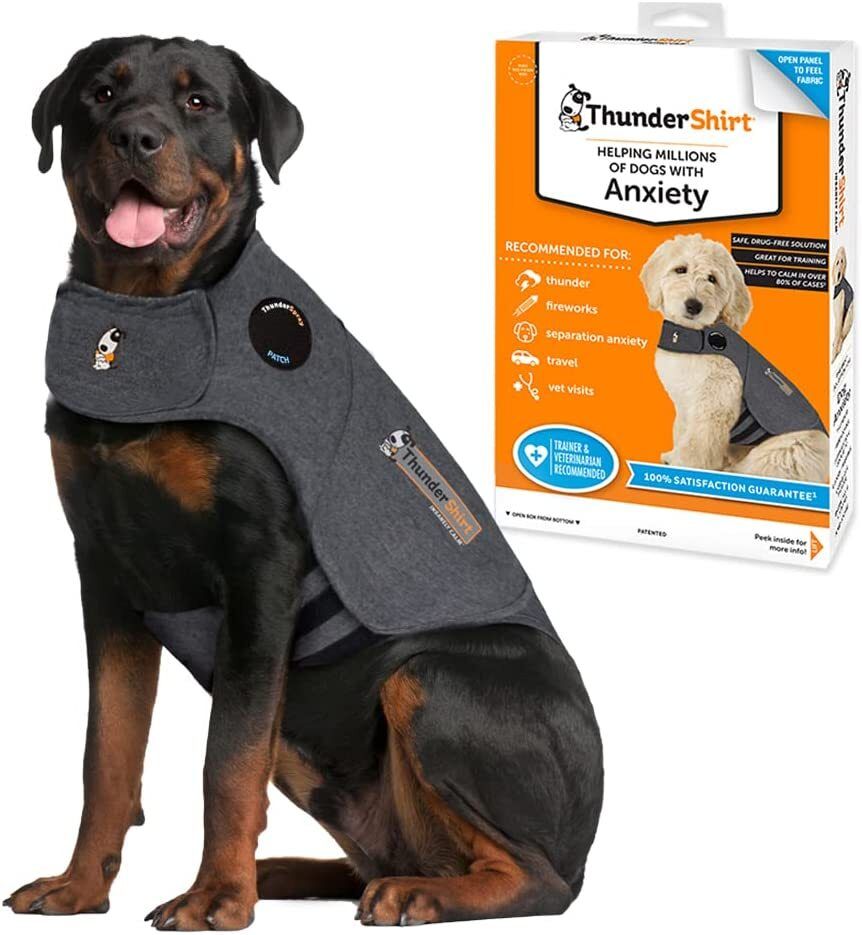

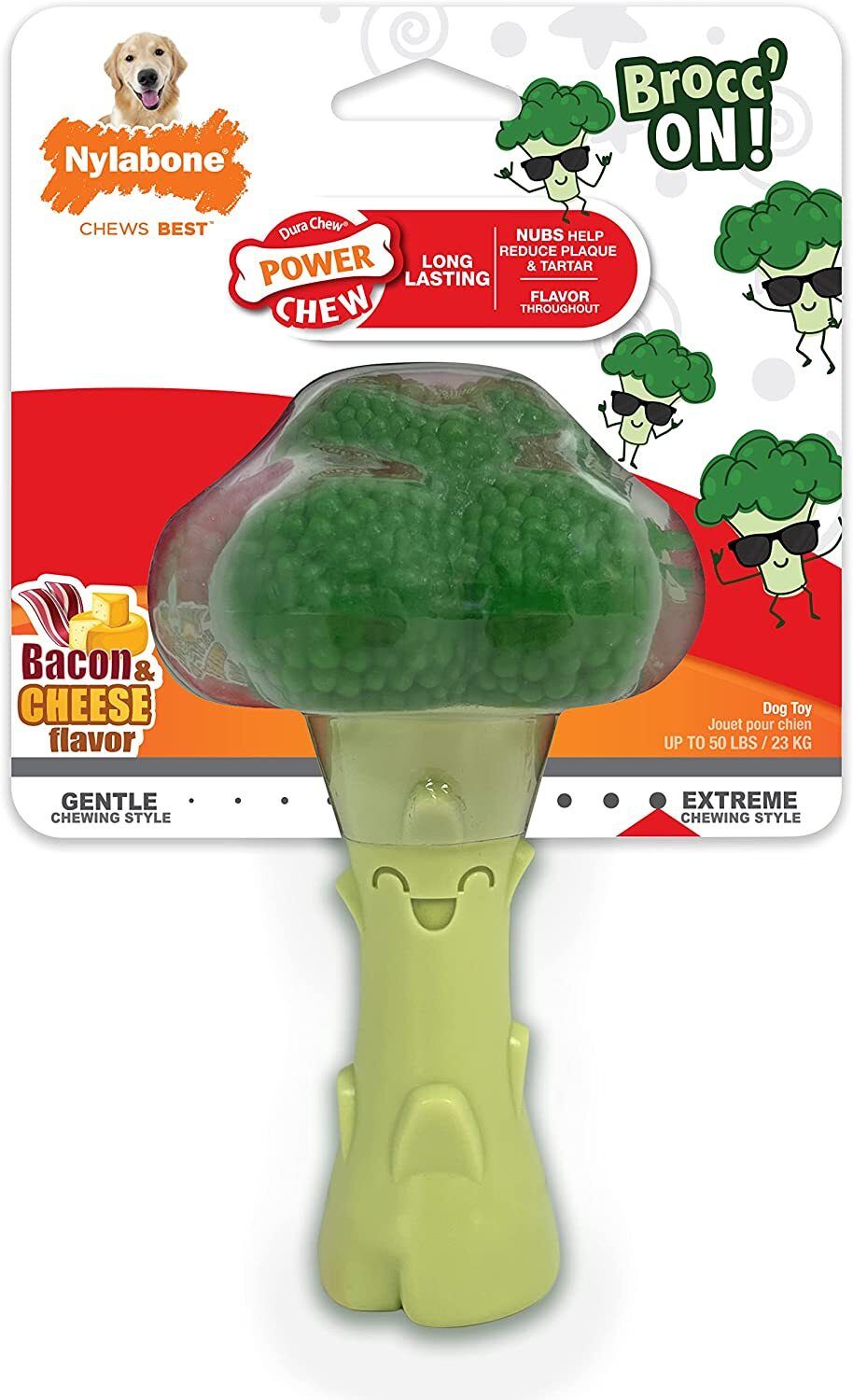
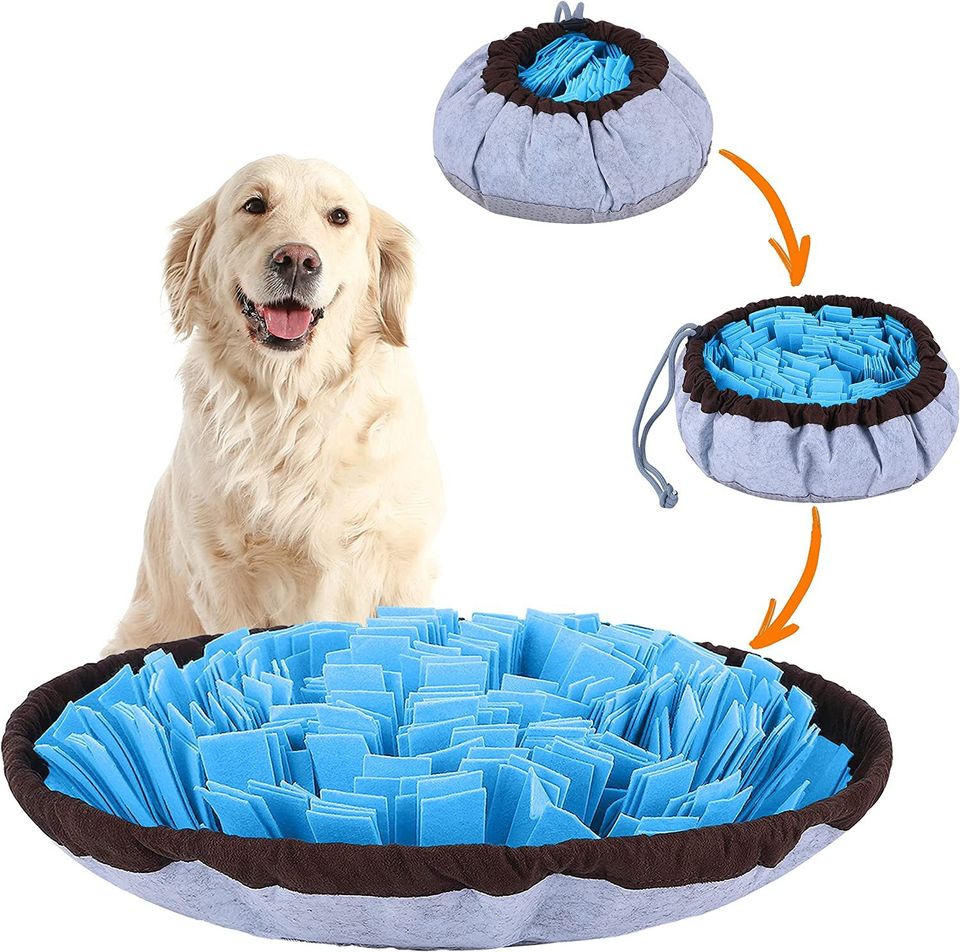
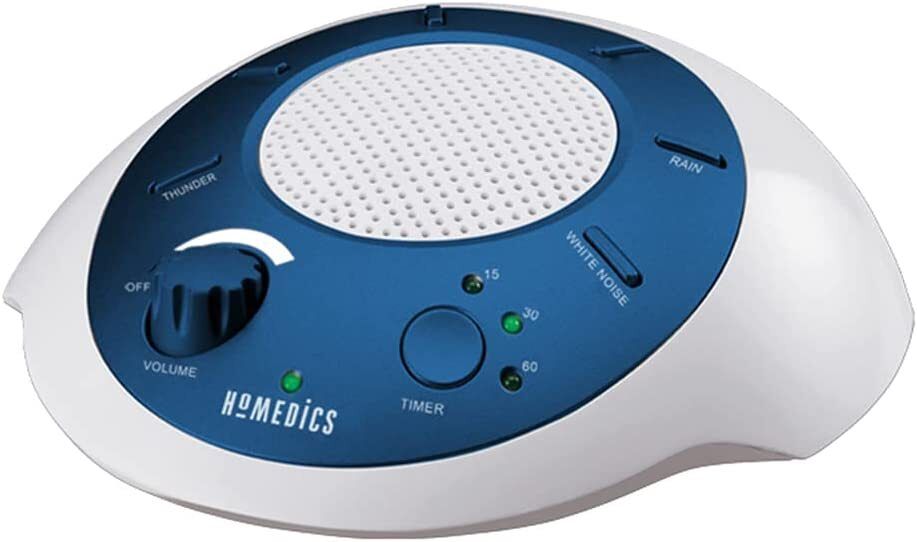

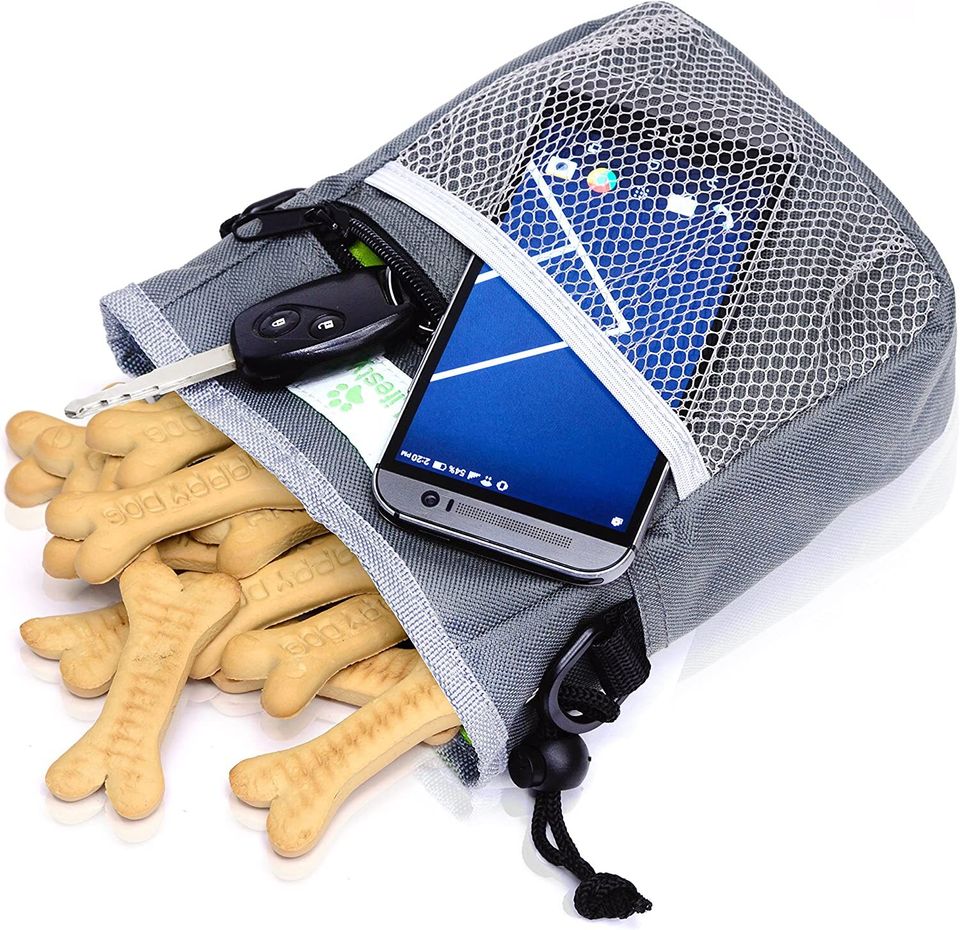
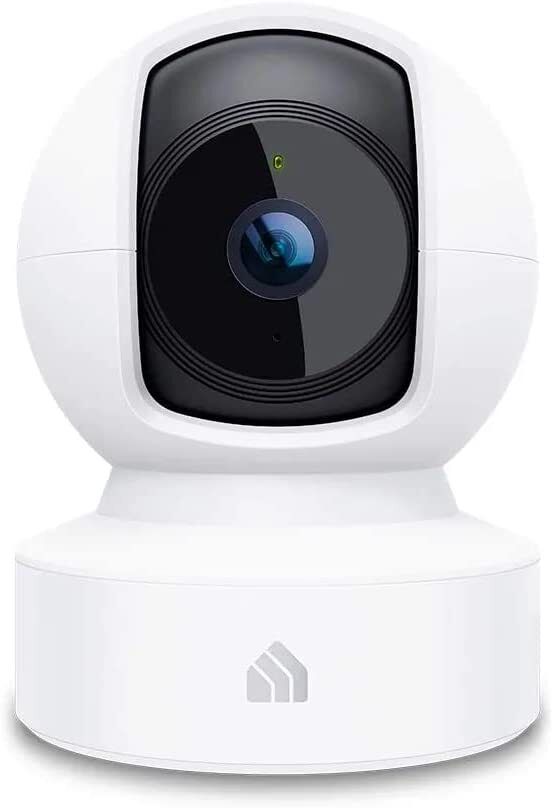

Be the first to comment